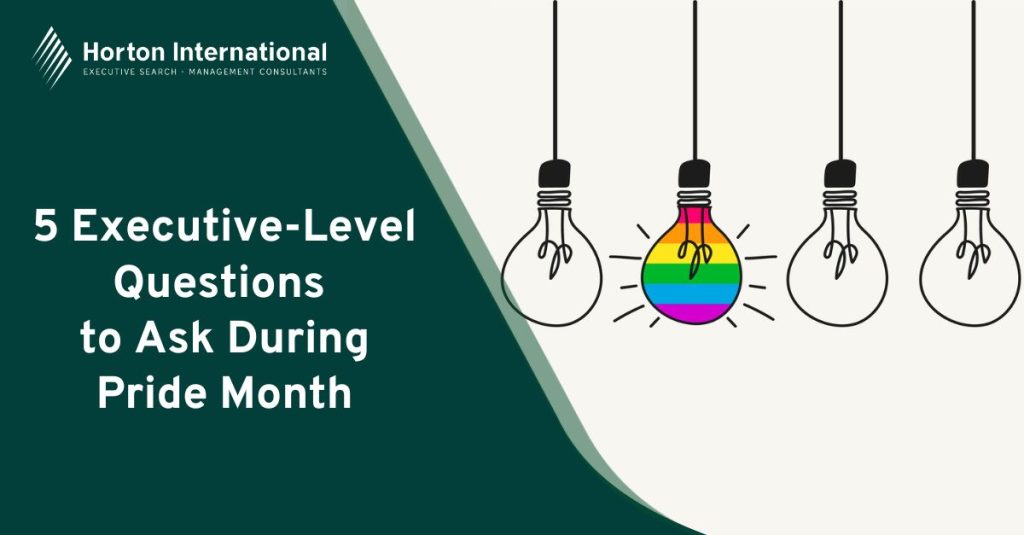Vulnerability is often seen as a weakness in the workplace, particularly in leadership roles. Despite this, when leaders embrace vulnerability, it can be one of the most powerful tools they can wield. By showing their authentic selves, they build trust and foster greater rapport and deeper connections.
The outcome? A more resilient, cohesive workplace culture.
Vulnerability has a pivotal part to play when it comes to effective leadership in today’s workplace – and data supports this view, with multiple studies finding that openness and authenticity bring massive workplace rewards.
1. Raising Trust
When leaders display vulnerability, they show their employees they are real – and unafraid to communicate authentically. Being open like this nurtures trust among team members, who in turn feel encouraged to share their opinions, ideas and concerns.
One study conducted by the University of Binghamton discovered that leaders who were prepared to display vulnerability were 60% more likely to build trust within their teams.
2. Cultivating Team Engagement
Leaders who show vulnerability encourage their team members to be more fully engaged. When leaders express their own challenges and uncertainties, it normalises challenges and inspires others to share more openly.
Gallup research shows that teams with leaders who display vulnerability saw a 25% increase in employee engagement levels. Higher engagement leads to increased levels of employee productivity and also boosts worker morale.
3. Encouraging Innovation
Leaders who show their vulnerability create a workplace culture where team members feel it’s safe to take risks and innovate. When leaders are prepared to admit they don’t have all the answers, it frees others to think creatively and suggest new ways of solving problems.
A study in the Harvard Business Review found that companies that regularly promote a culture of vulnerability experience a 30% boost in both innovation and creativity.
4. Boosting Emotional Intelligence
Vulnerable leaders frequently show high levels of emotional intelligence. When leaders acknowledge their emotions and challenges, they set an example their teams can follow, which fosters a more supportive work environment.
A paper published by the Journal of Organizational Behavior found that leaders who had a high emotional intelligence, which is often characterised by vulnerability,saw a 20% improvement in overall team performance.
5. Strengthening Resilience
Having a workplace culture of vulnerability strengthens overall organisational resilience. When leaders are open and honest about setbacks, they better prepare their teams to face challenges with an adaptable outlook and a realistic, growth oriented mindset.
Research from the American Psychological Association discovered that organisations who encouraged vulnerability saw a 40% increase in worker resilience, which led to lower turnover rates.
Vulnerability as a superpower
Embracing vulnerability as a leader doesn’t mean appearing weak or indecisive – instead the focus should be on creating a culture of honesty, trust, engagement and innovation. When they show up as their authentic selves, leaders connect with their teams on a deeper level – and create a workplace where all employees feel empowered and valued.
In today’s working environment, change is constant and challenges are multiple and inevitable. The power of vulnerability is fast becoming a vital asset in leadership and it’s important that leaders fully comprehend, then leverage, this strength.
If they do, they’ll see the benefits, as they’ll not only enhance their effectiveness, they’ll cultivate a resilient, adaptable, engaged workforce prepared to pivot and tackle any obstacle.








